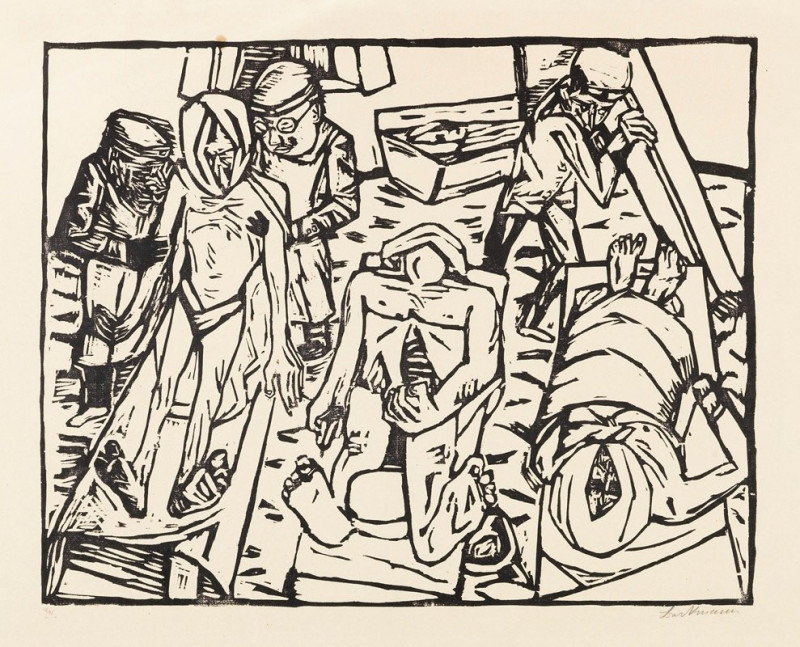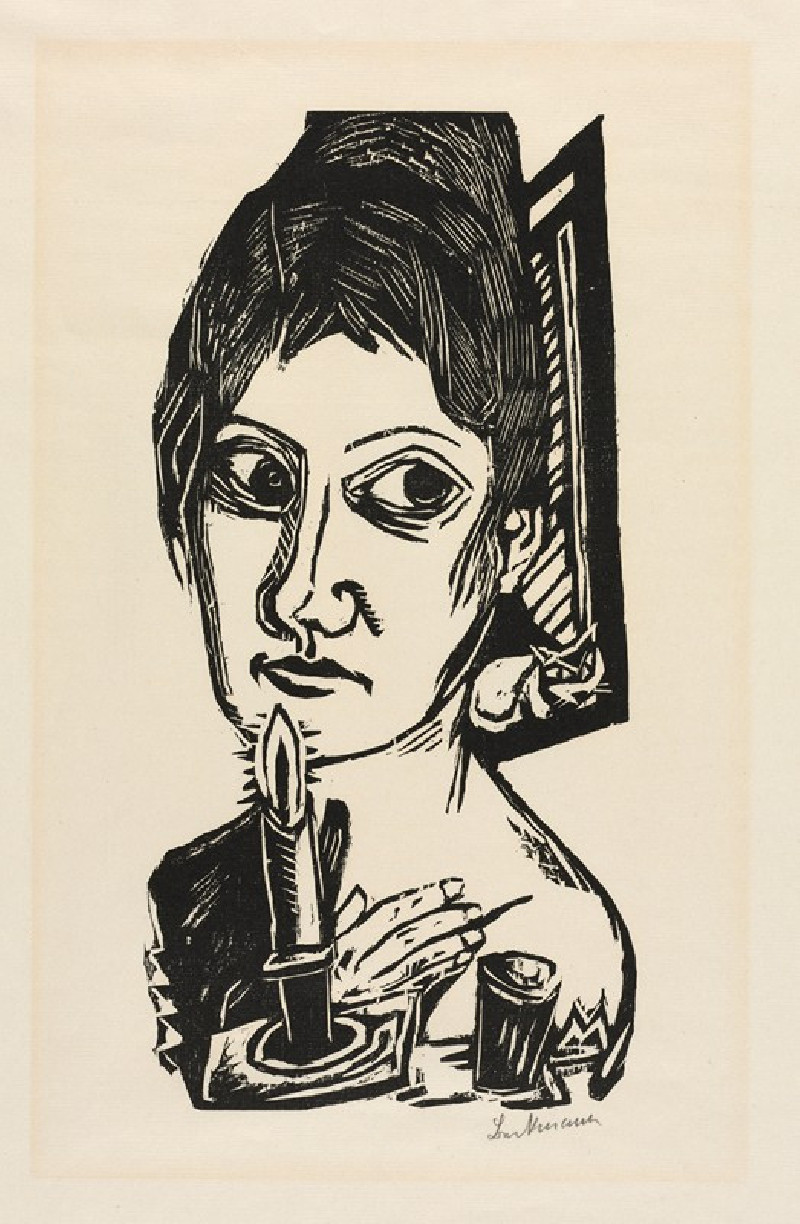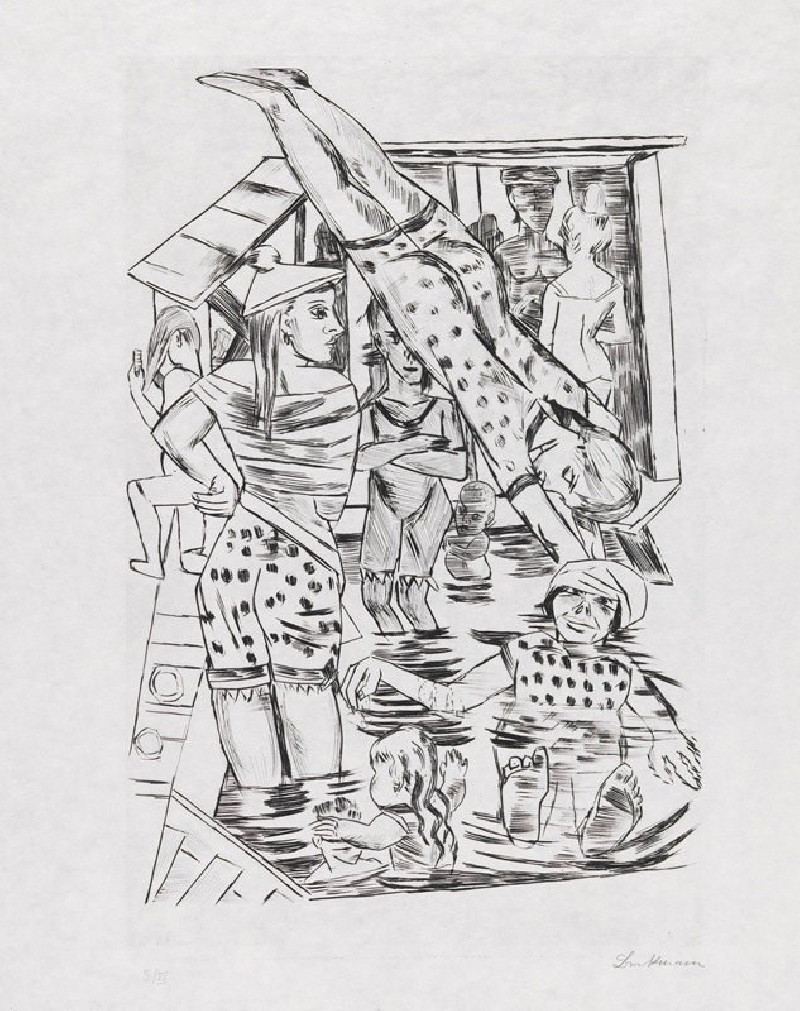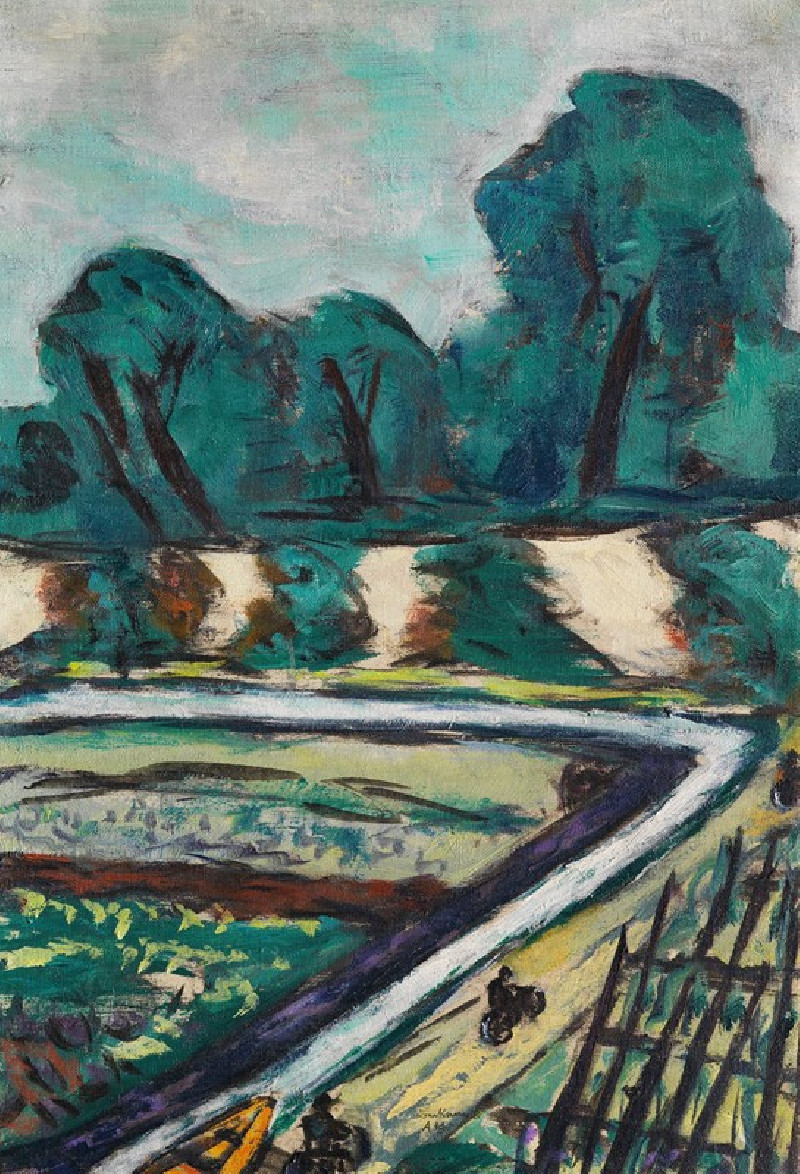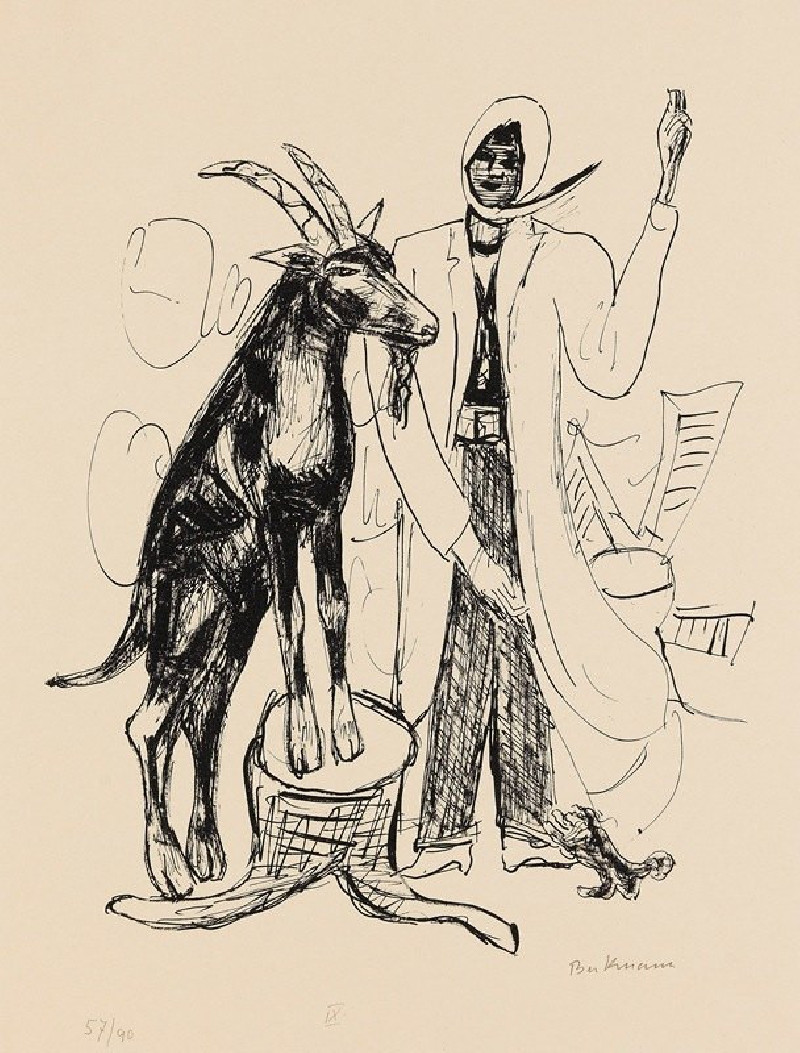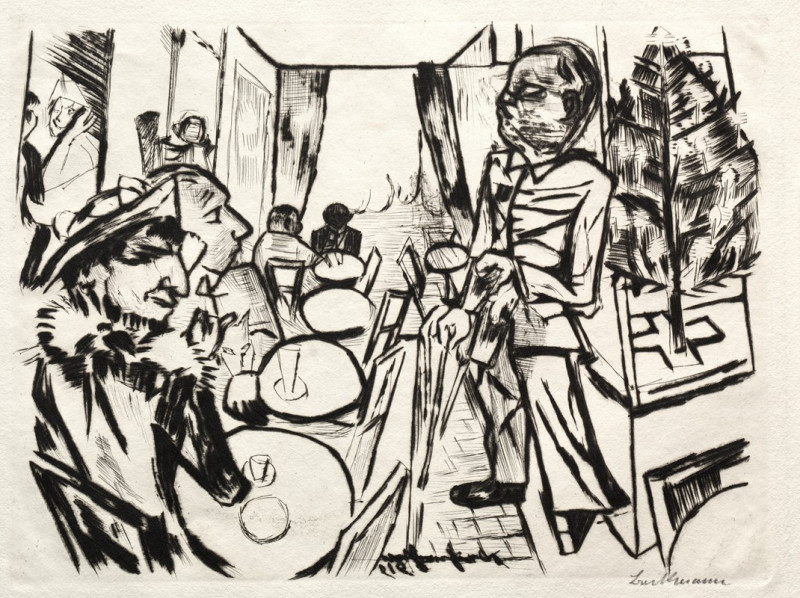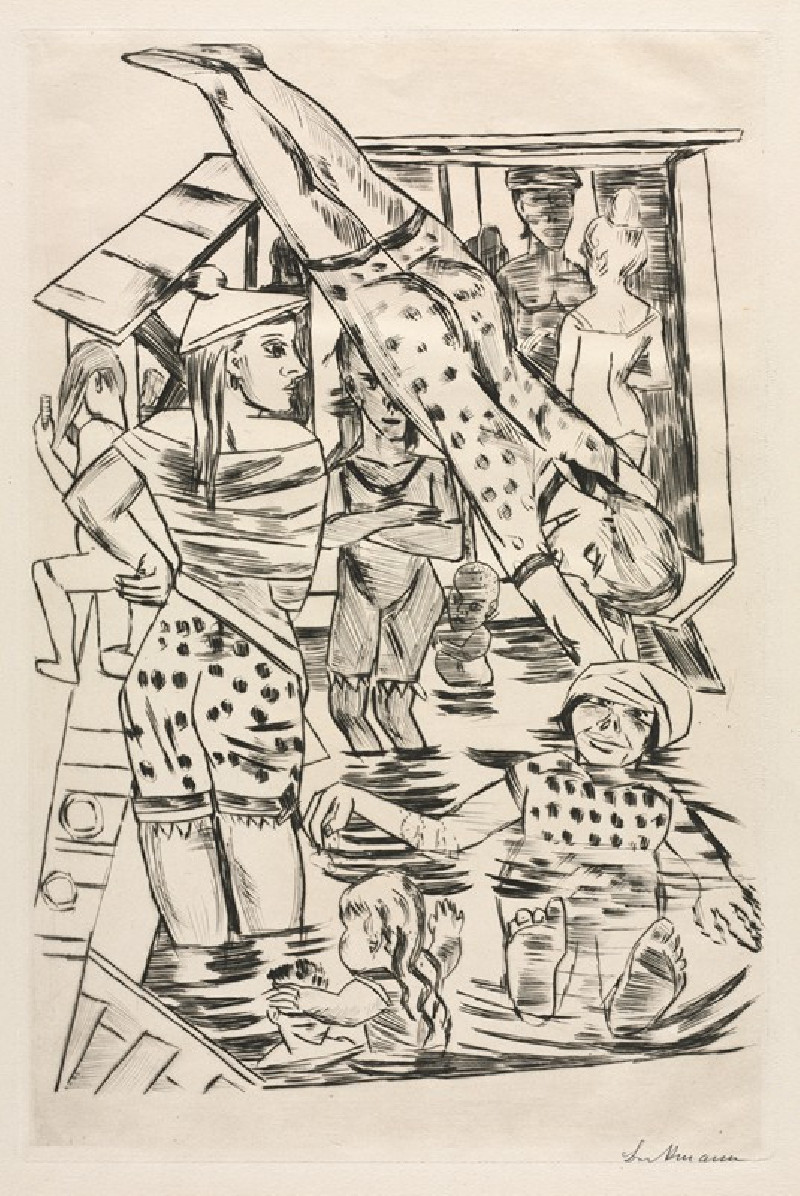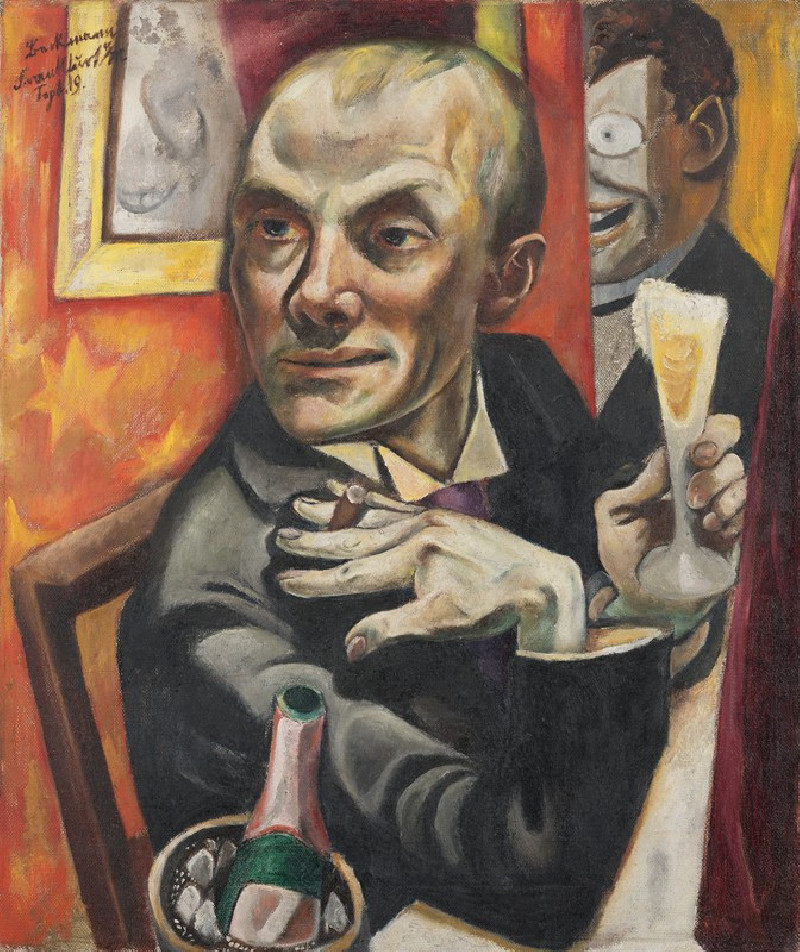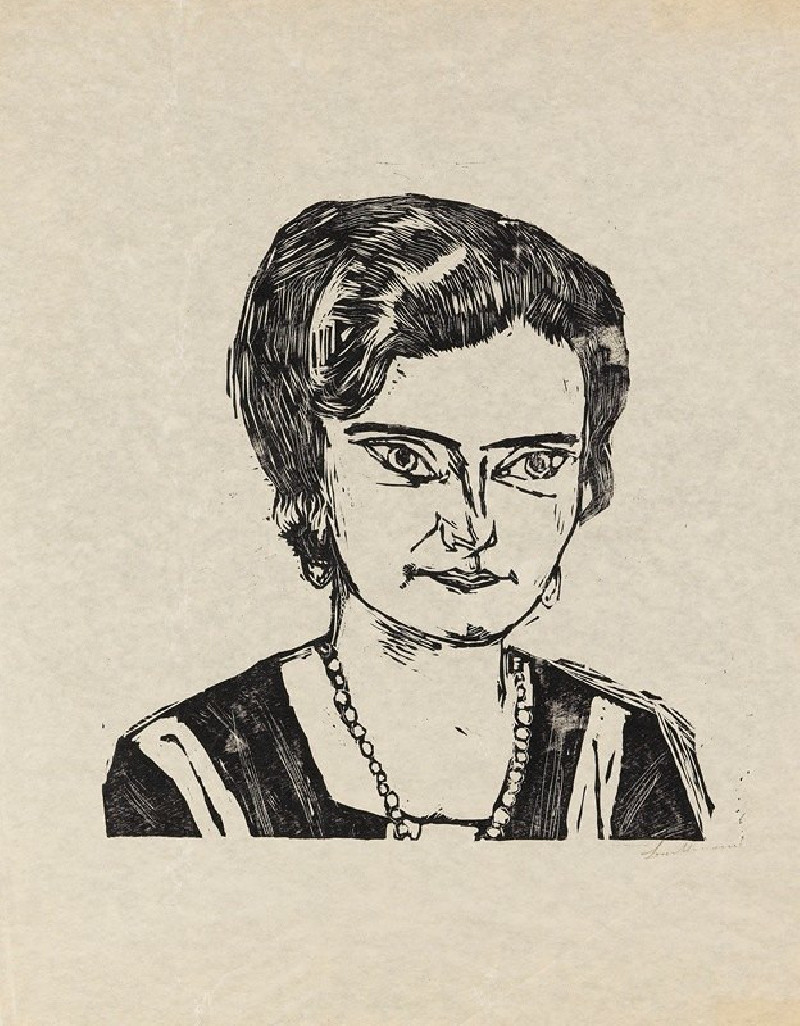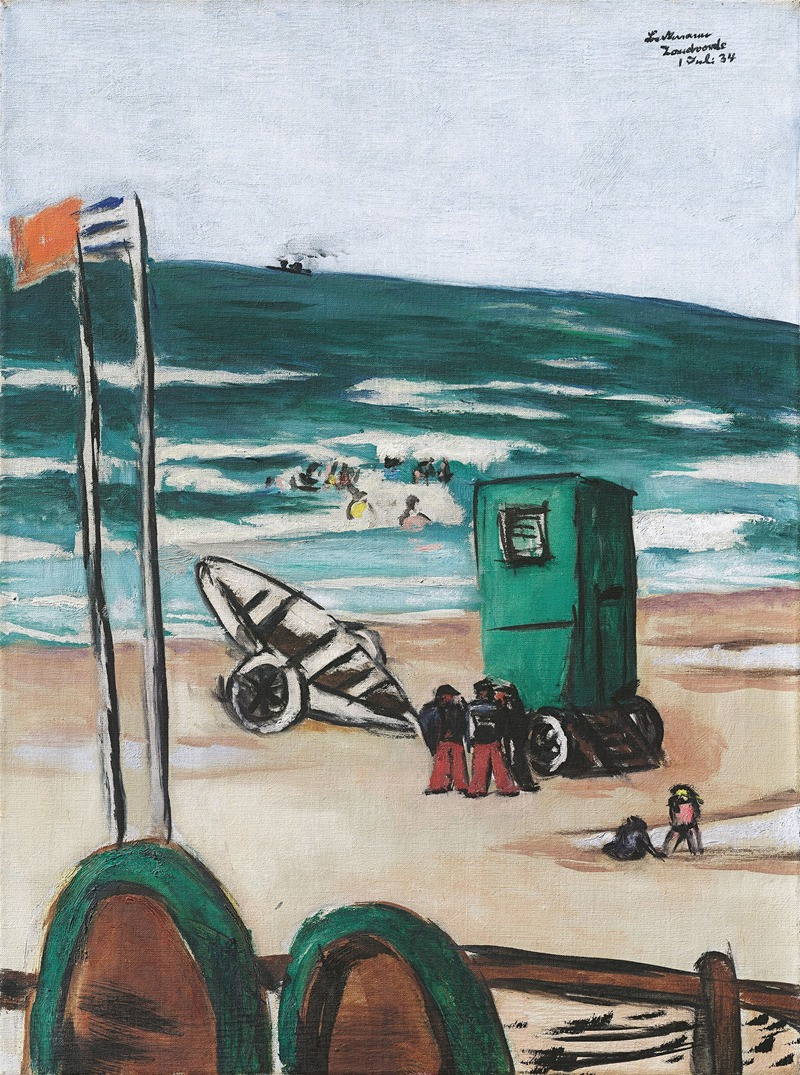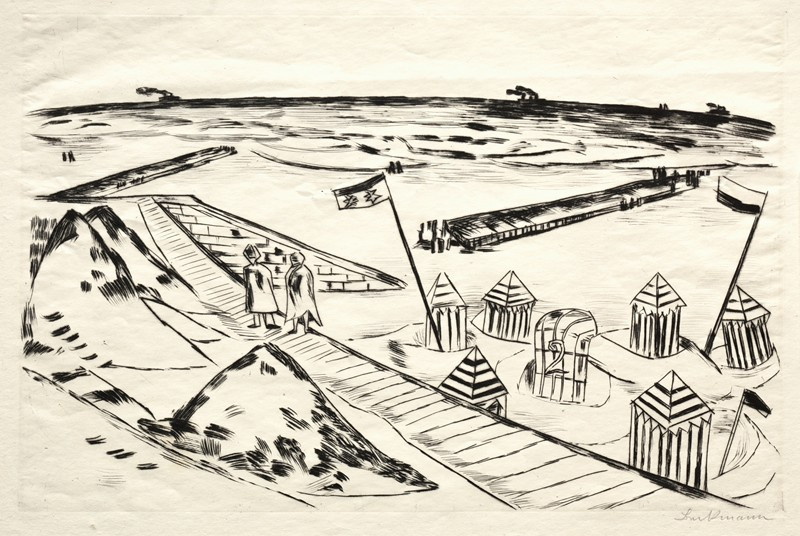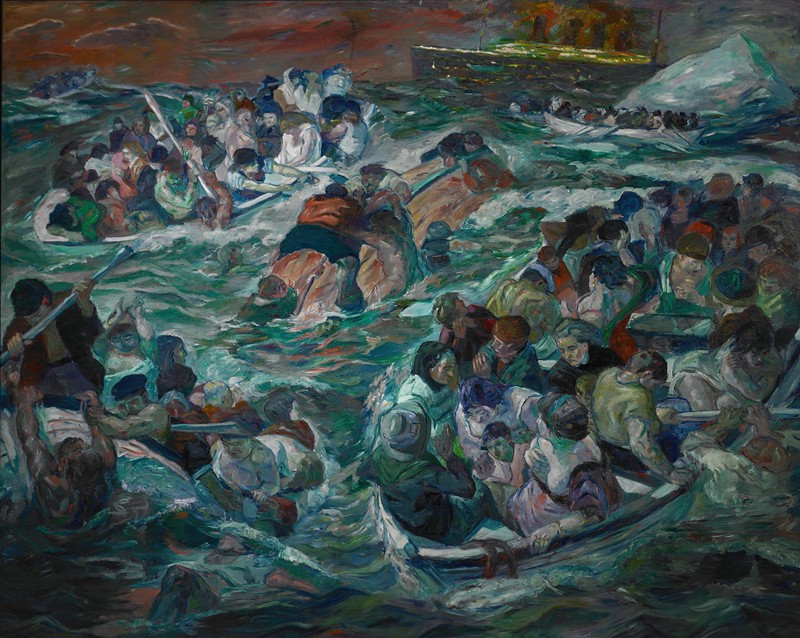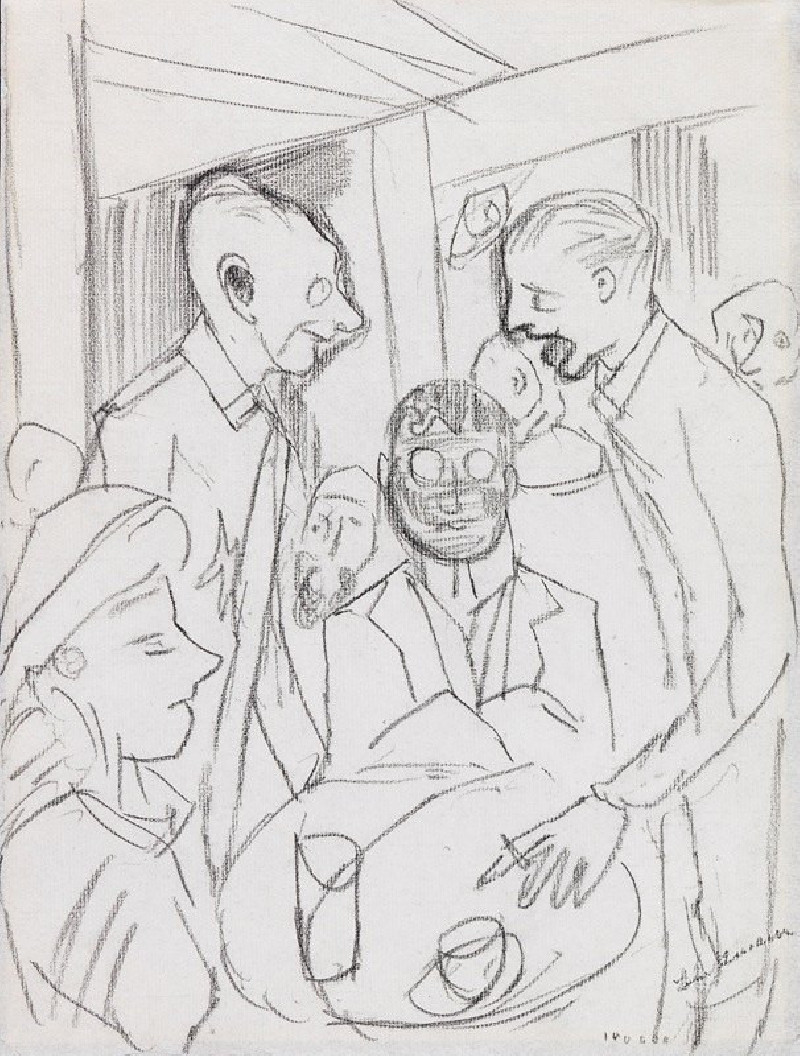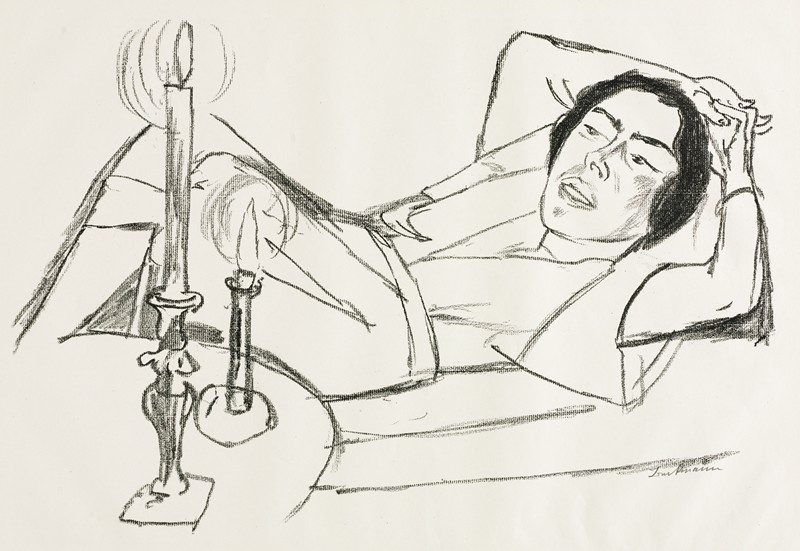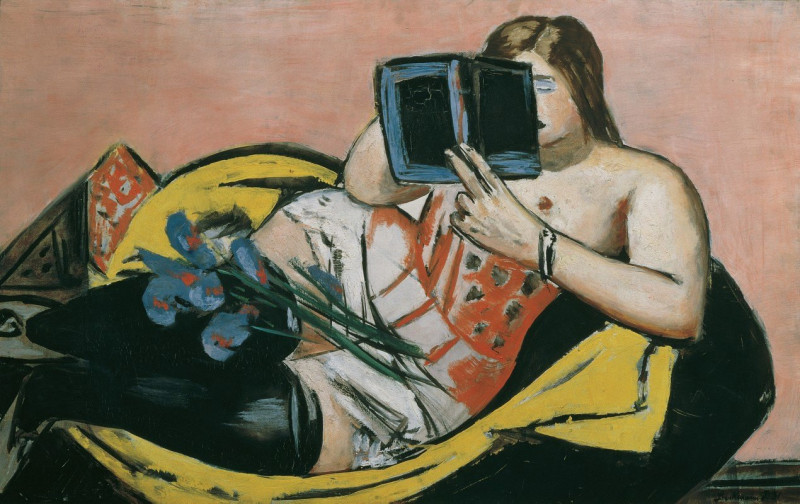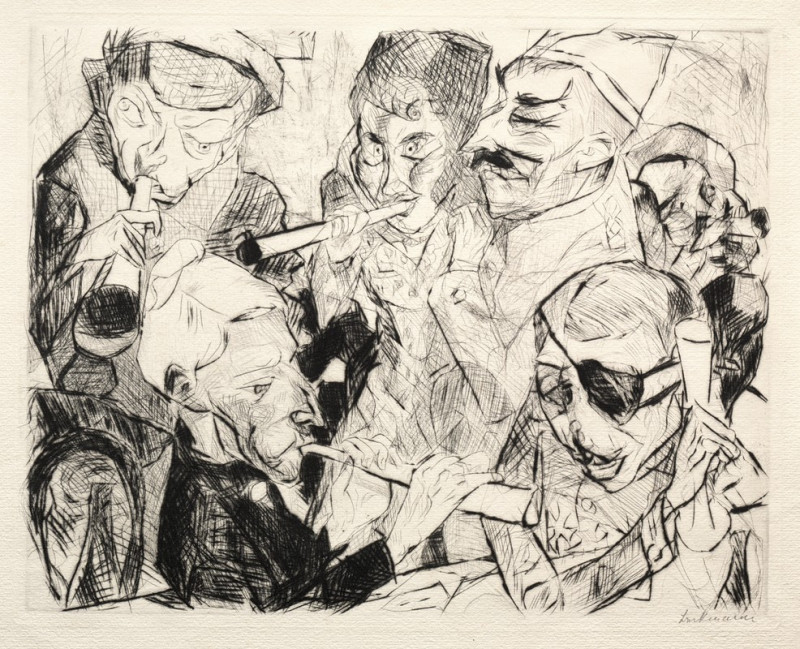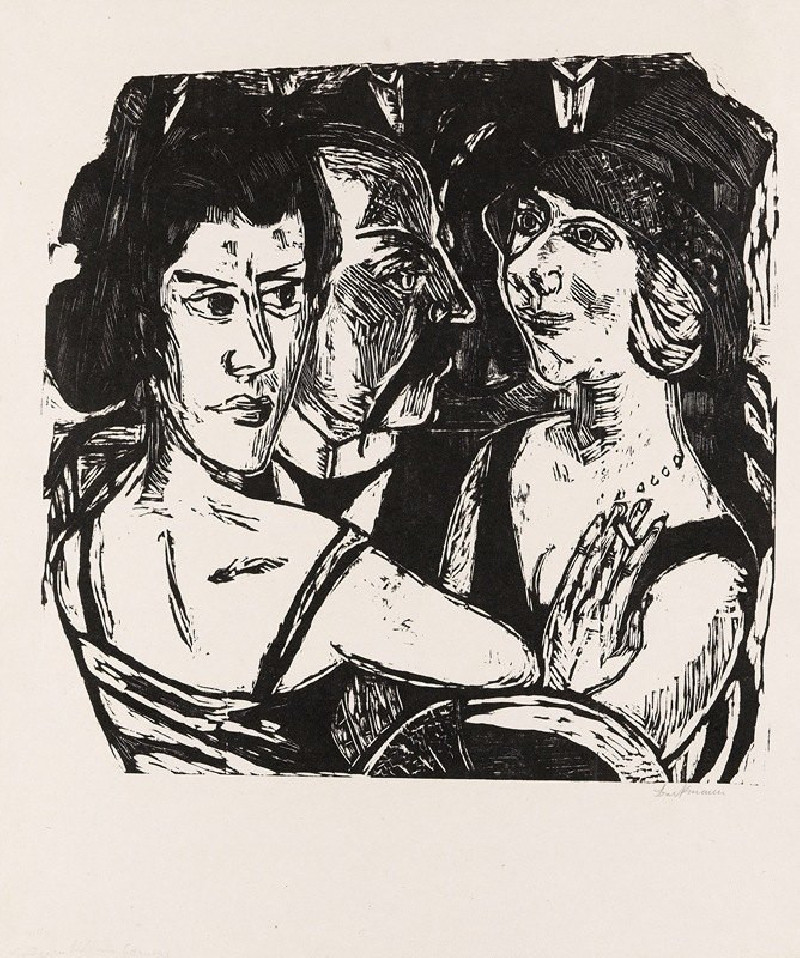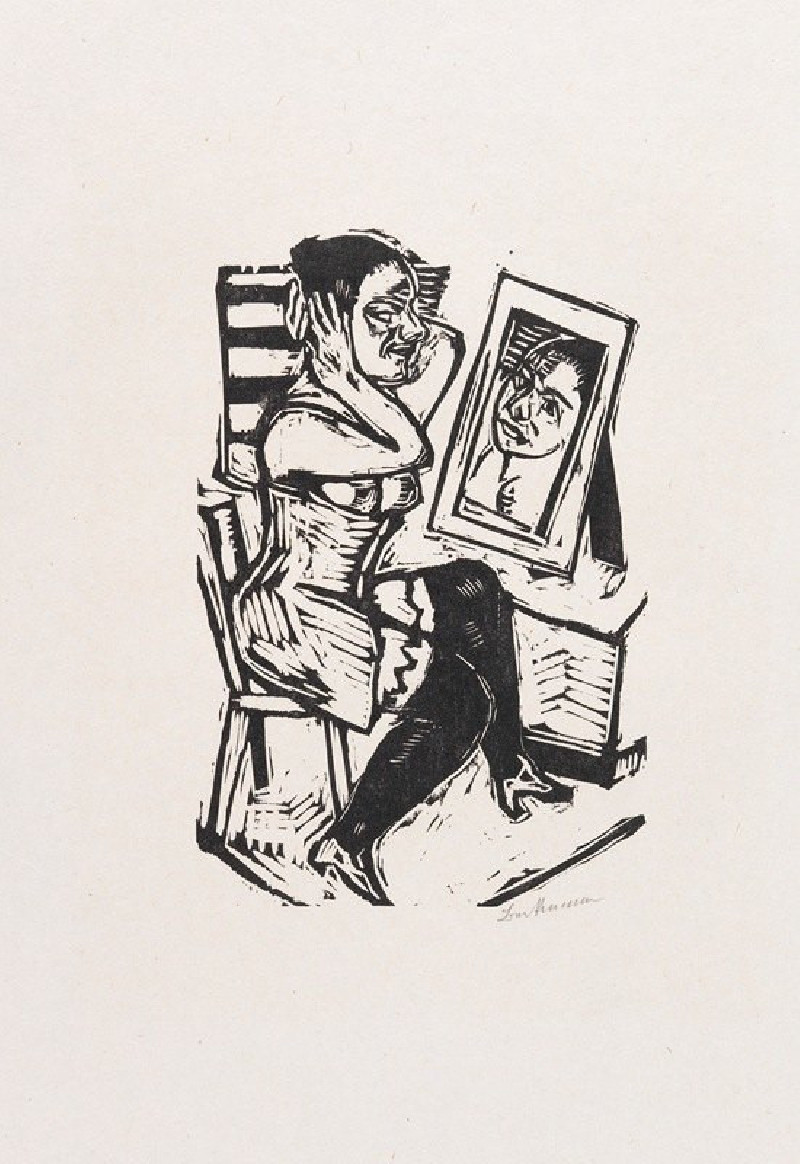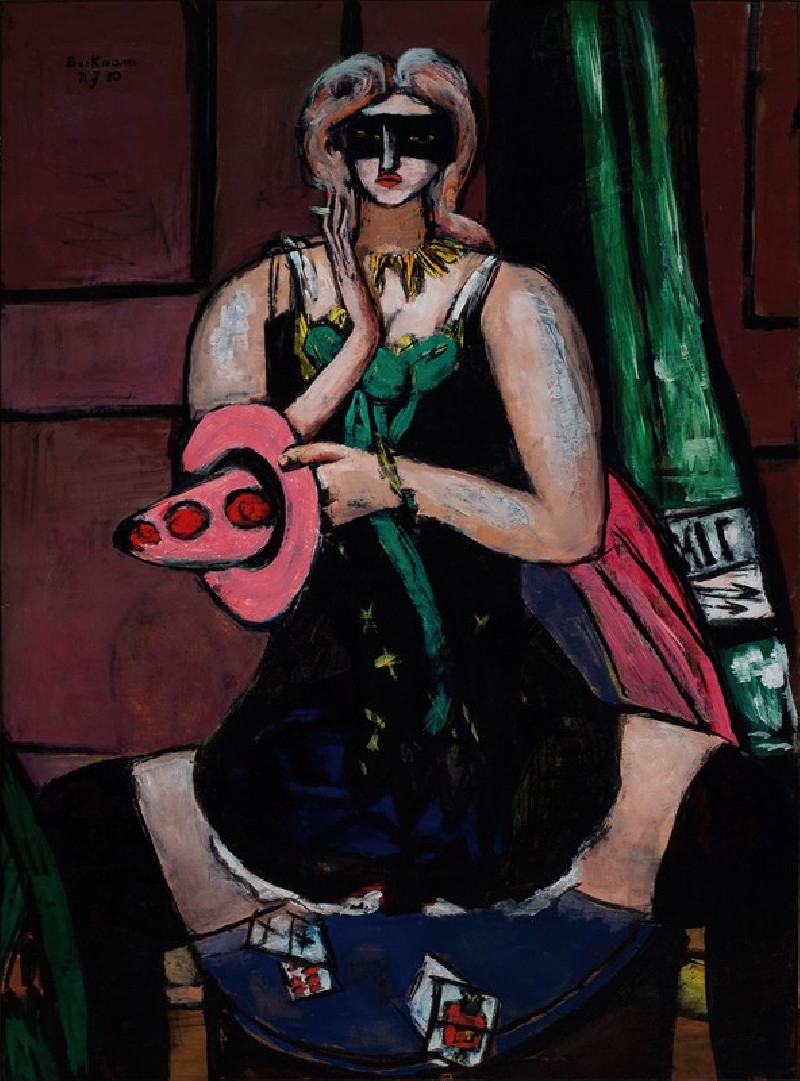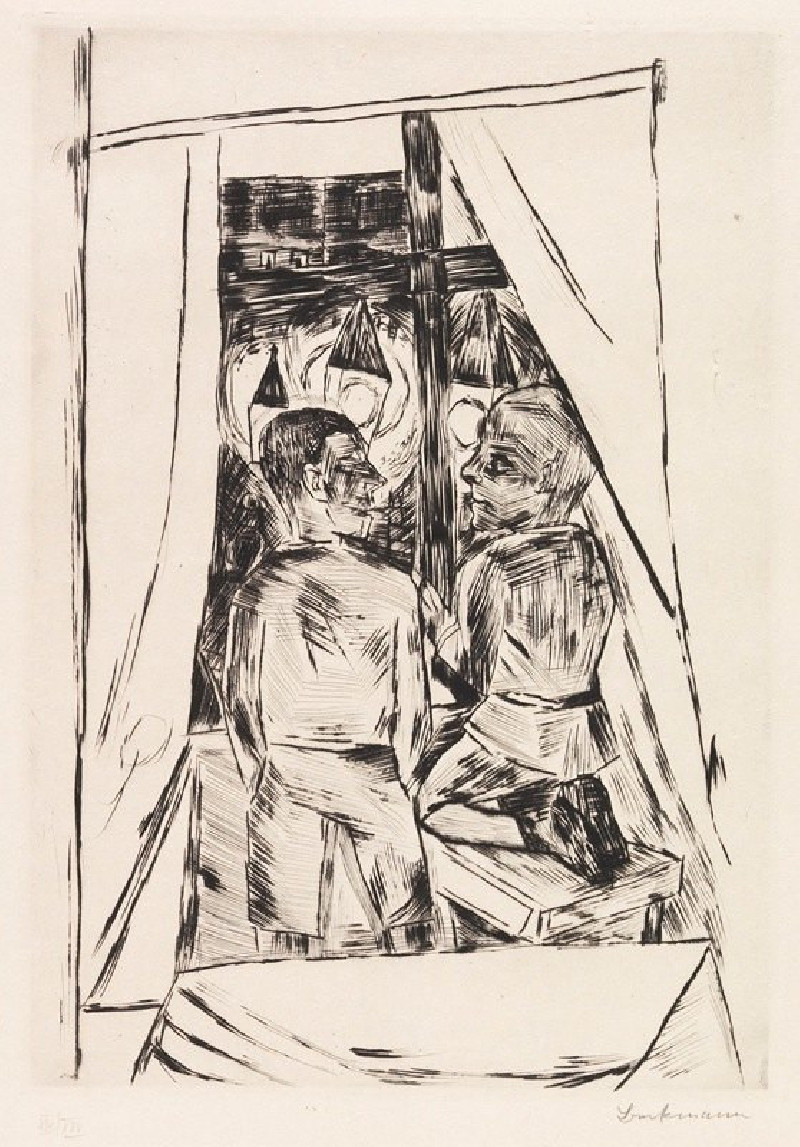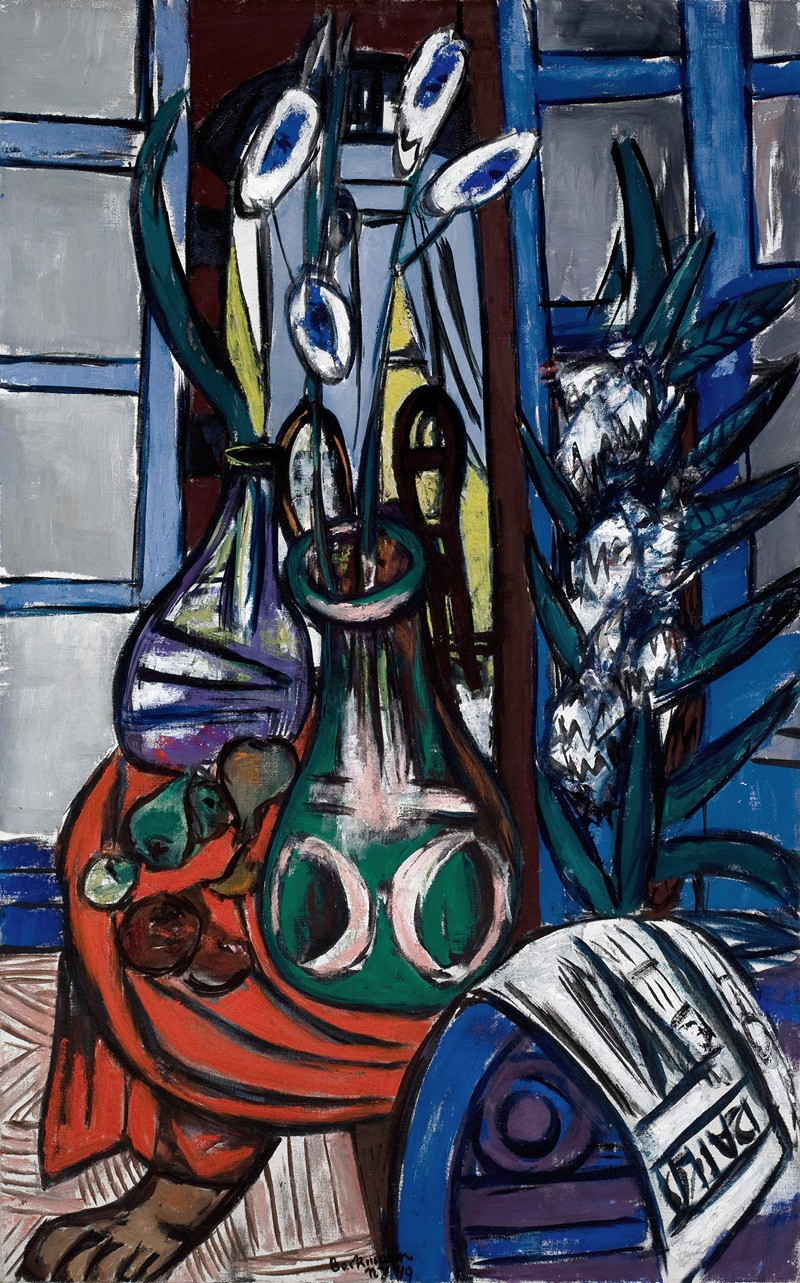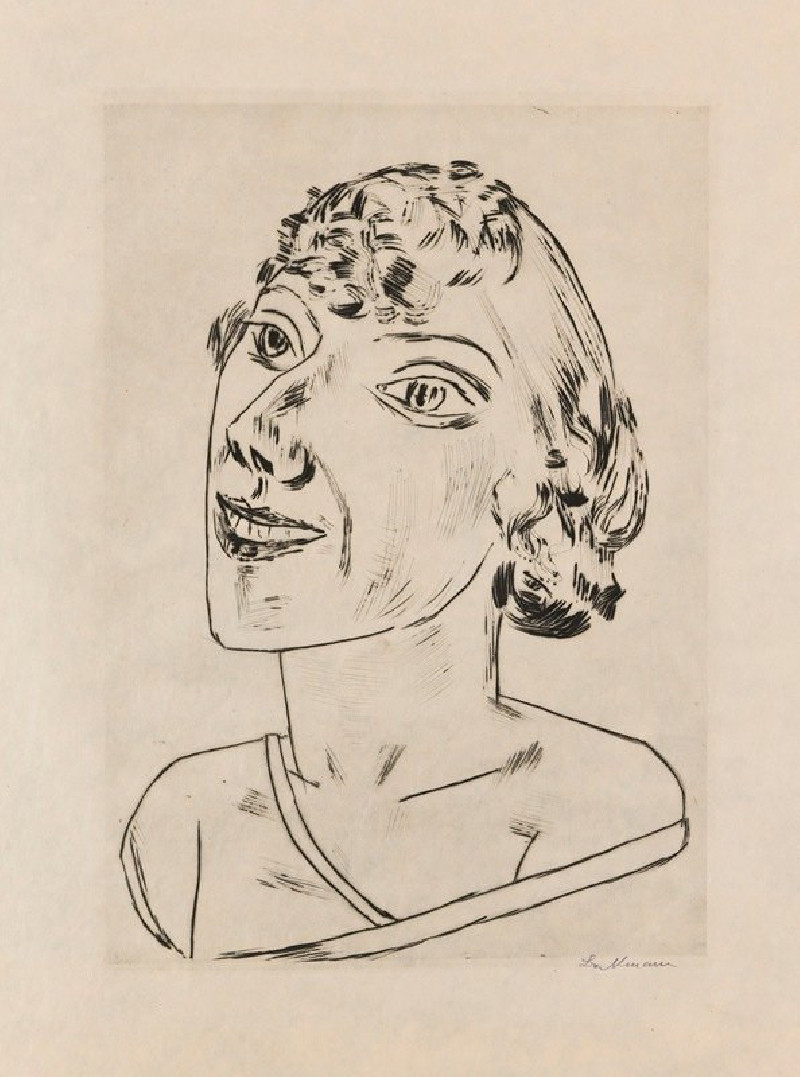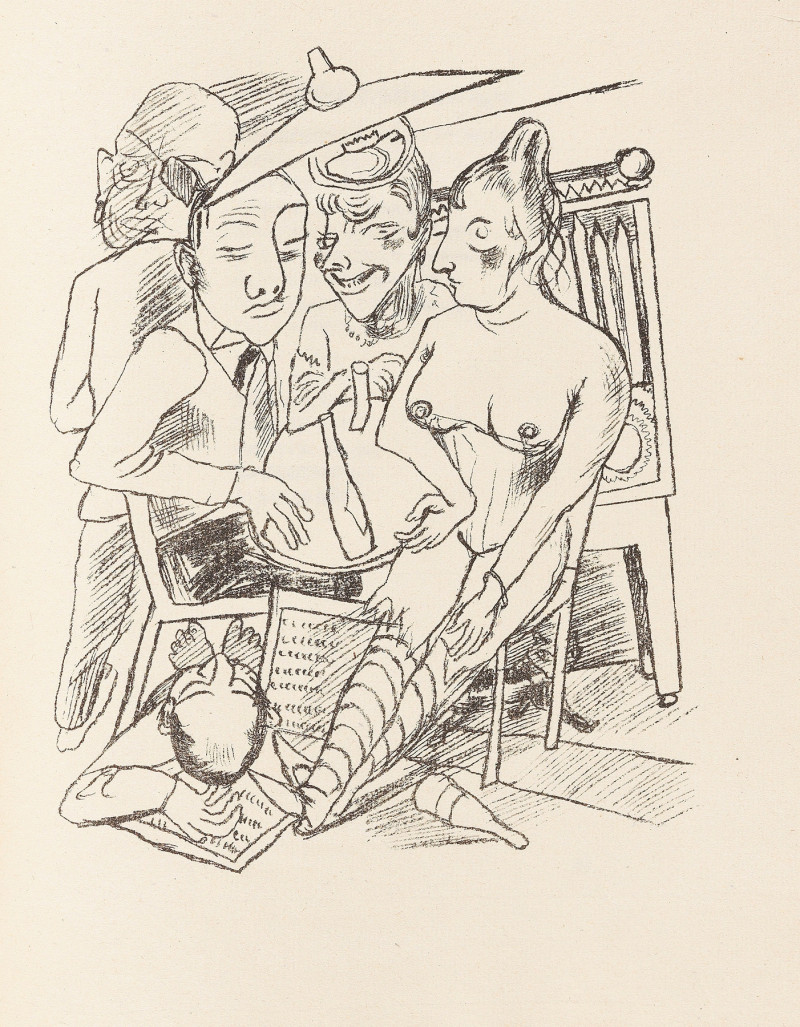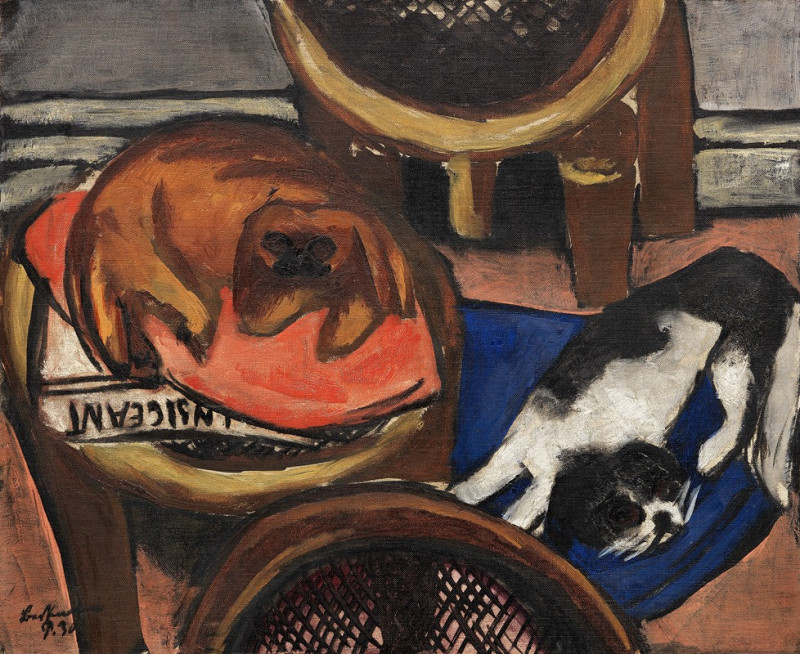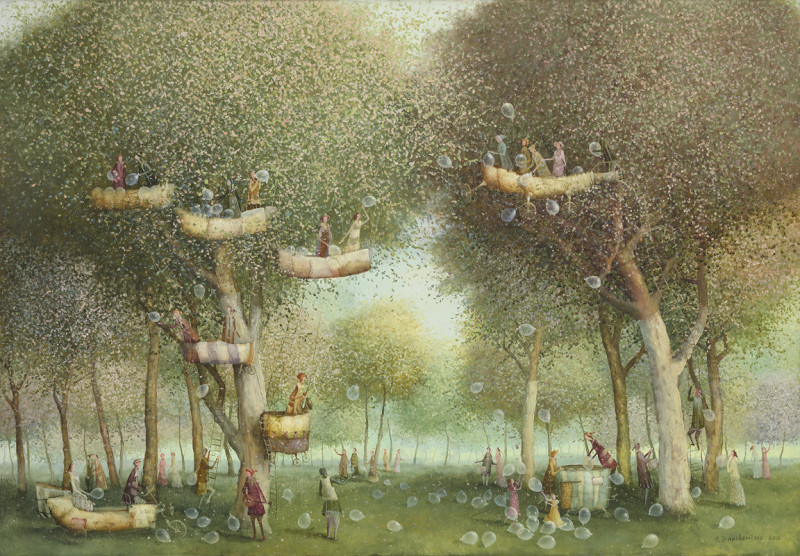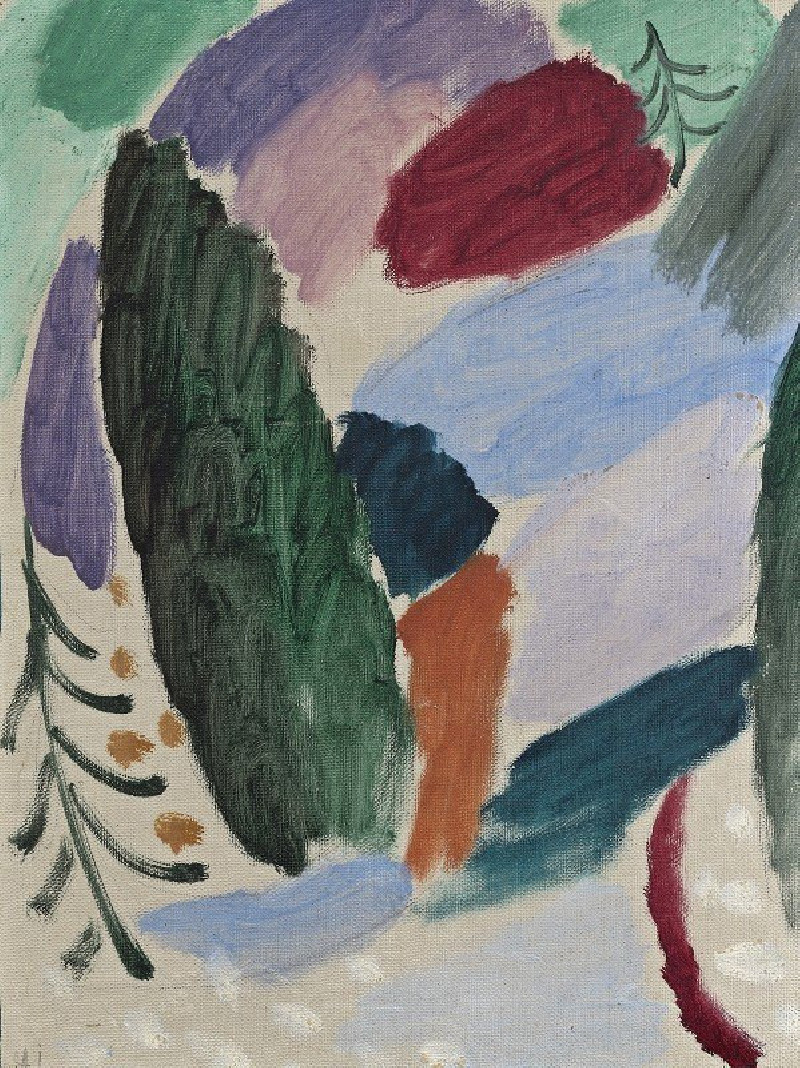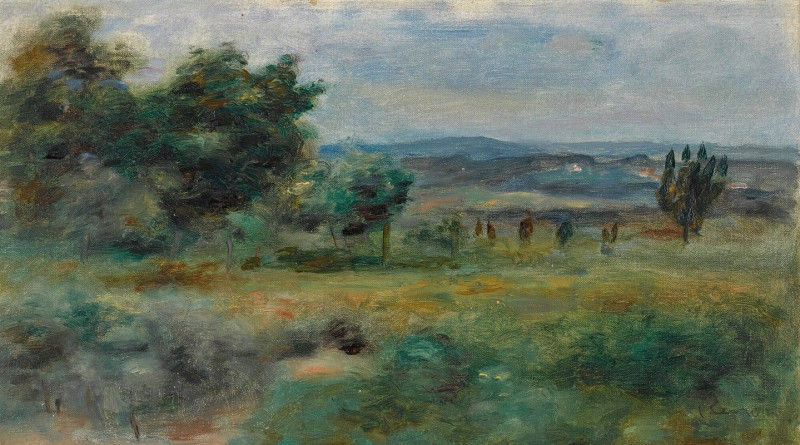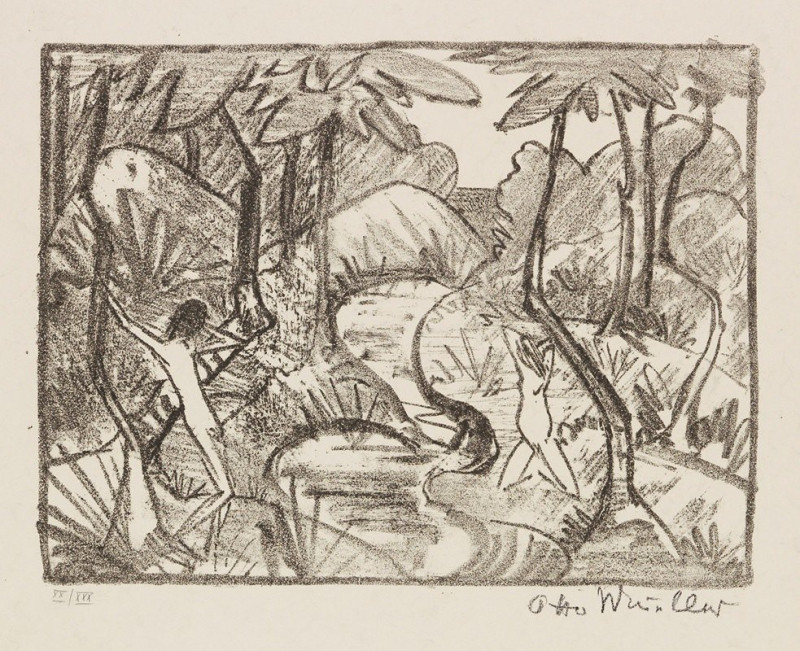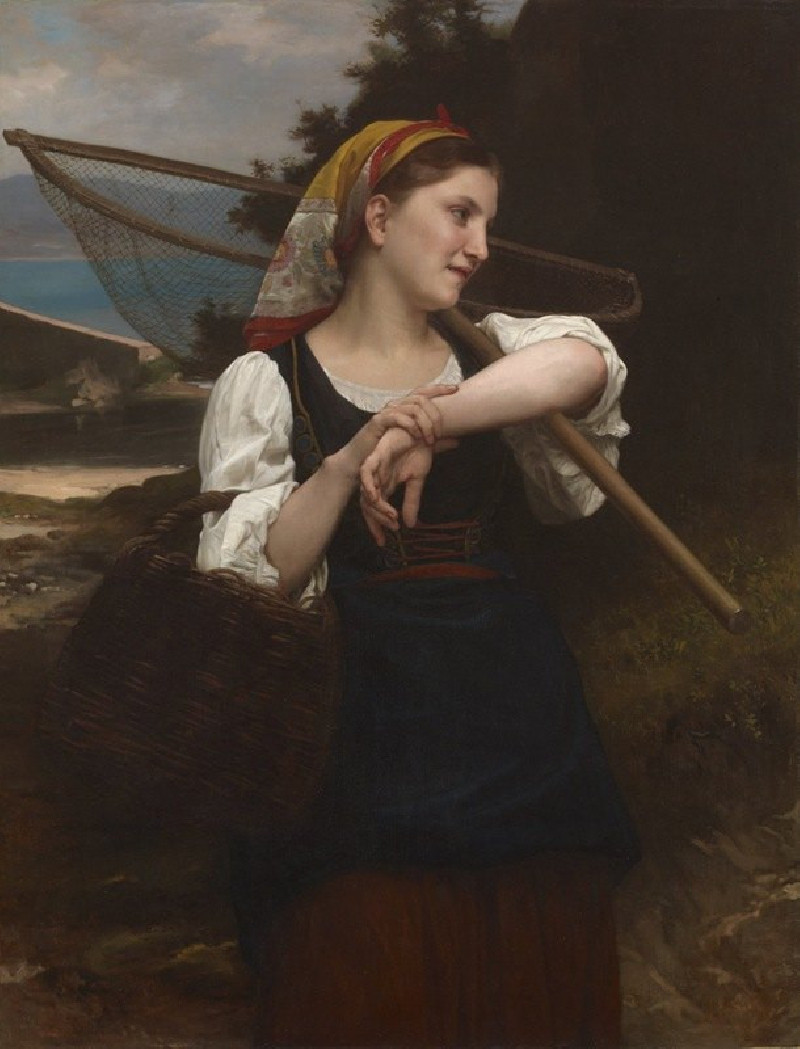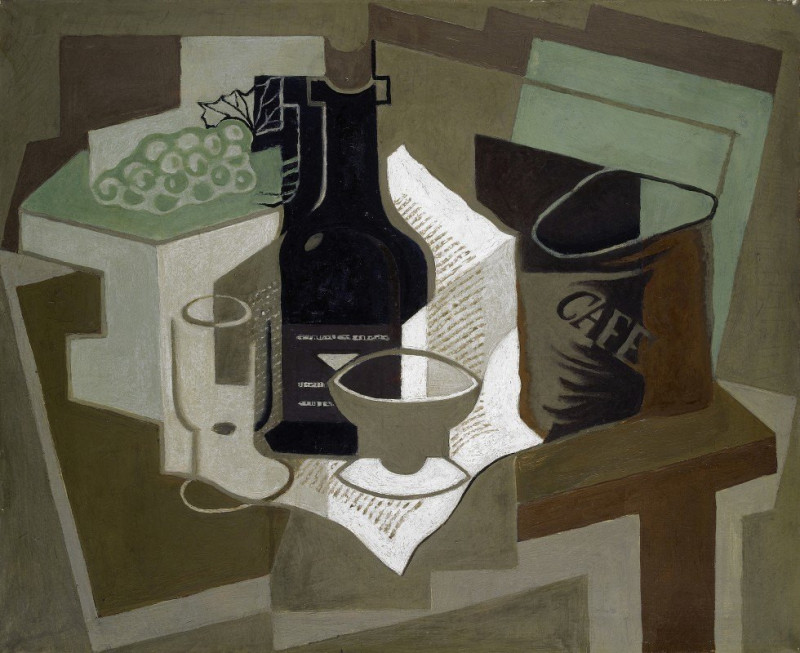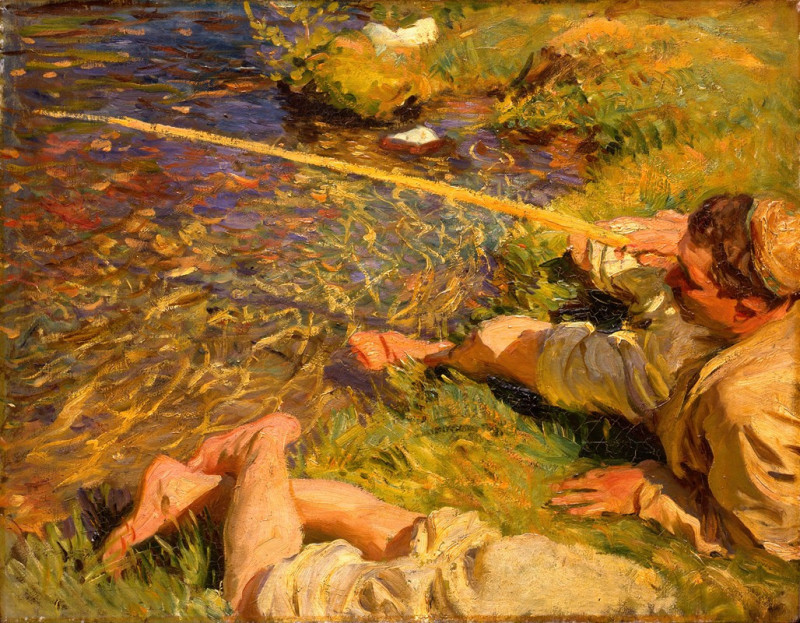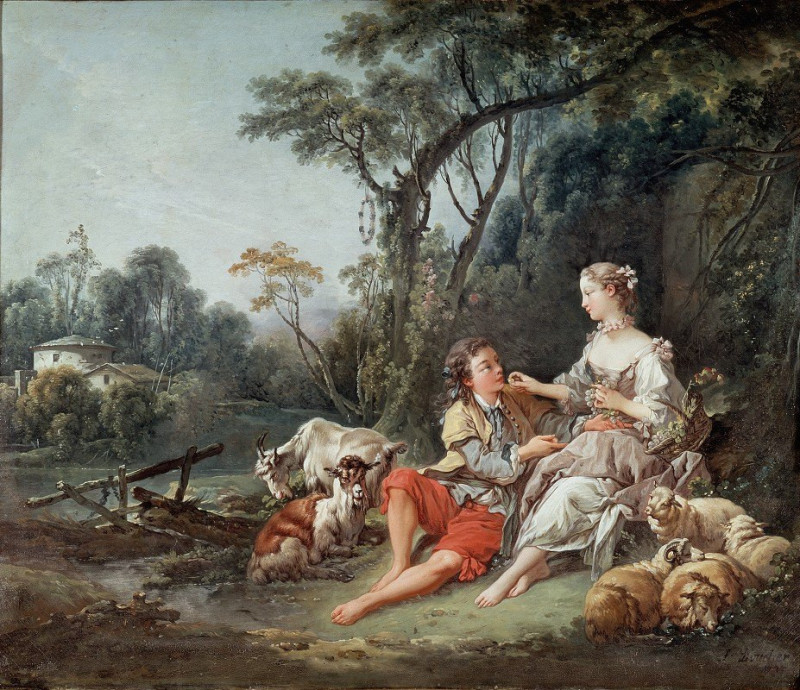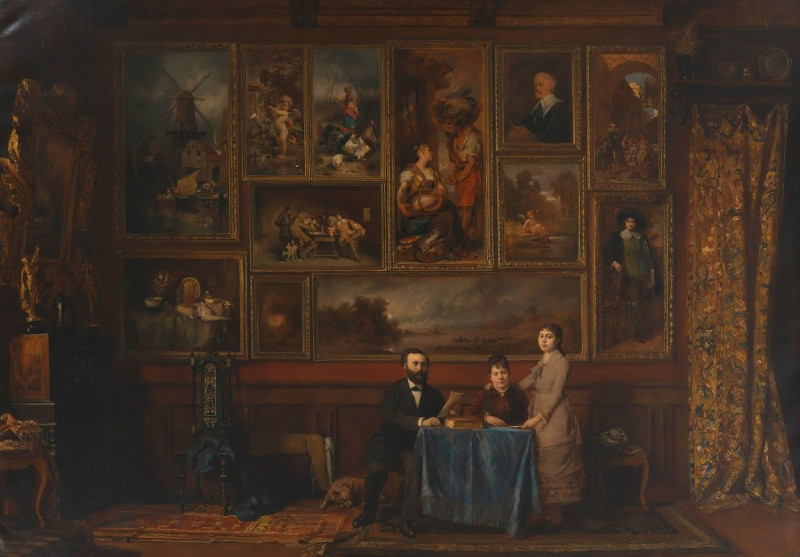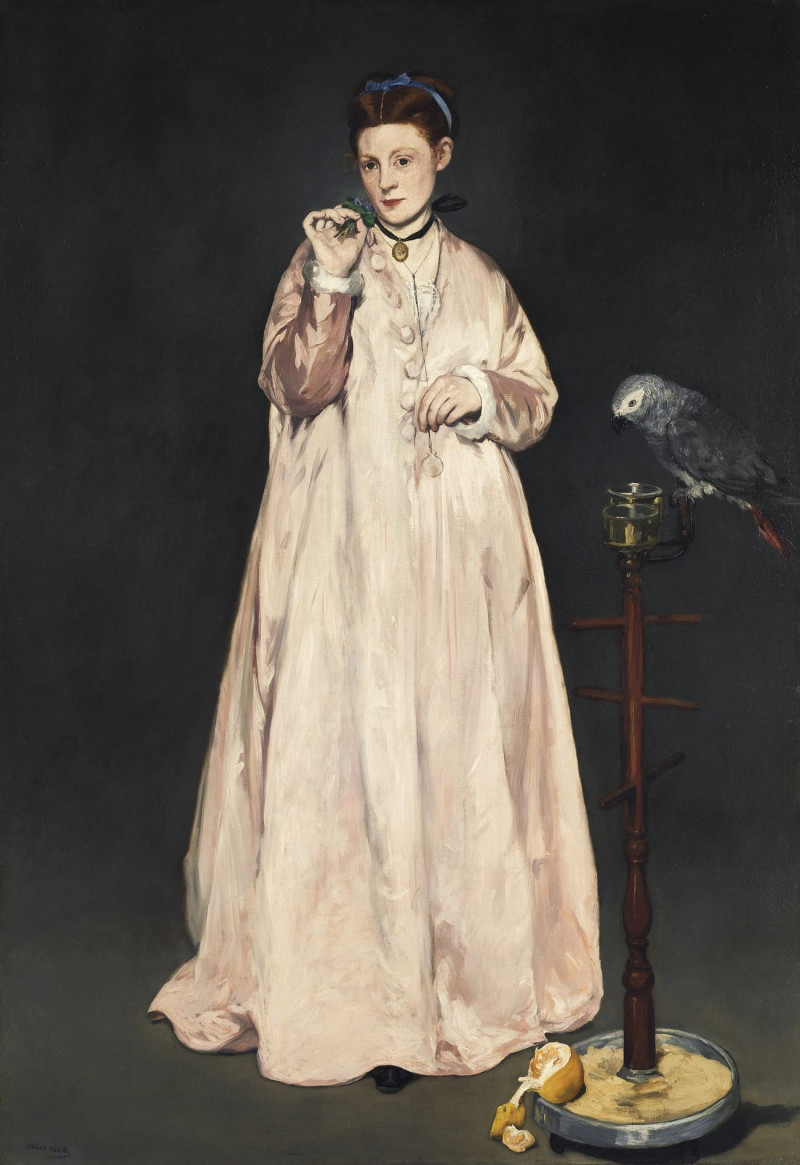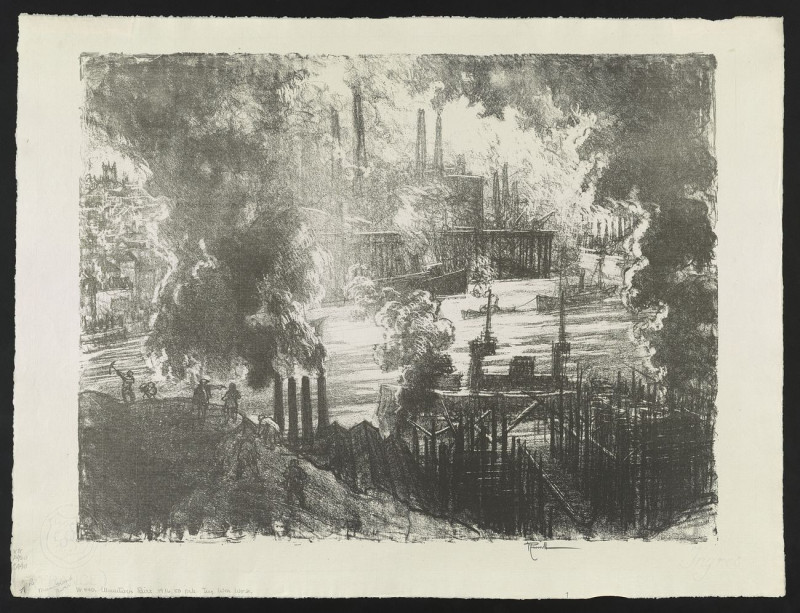Totenhaus (1922)
Technique: Giclée quality print
Recommended by our customers
More about this artwork
Delve into the evocative world of Max Beckmann’s "Totenhaus" (House of the Dead), a compelling woodcut that channels the intensity and emotion of the post-World War I era. Created in 1922, this artwork is a profound reflection on mortality and the collective trauma of a society grappling with the aftermath of conflict.The scene within this print is haunting and densely arranged, portraying multiple figures in an undefined, cramped space. Some appear contemplative or mournful, highlighting the intense emotional toil of the period. The piece is characterized by stark, angular lines that contribute to a feeling of chaos and fragmentation—a stylistic hallmark of Beckmann’s approach to capturing the human condition under duress.Central to the composition is a figure on what appears to be a stretcher or a bed, suggesting a connection to death or the sickbed, which reinforces the print’s title. Other figures seem to be attending to or moving around the central character, emphasizing themes of care, passage, and perhaps the transition between life and death."Totenhaus" invites viewers to ponder the fragility of life and the shared experiences of sorrow and recovery. Beckmann’s use of sharp contrasts and expressive figures cuts to the core of human emotions, making this woodcut a powerful statement on existence and endurance.
Delivery
Returns
Actors, cabaret singers, heroes and thugs in a harsh postwar urban life by German artist Max Beckmann (1884-1950). His paintings show boldness, lust, and pain through delineated figures. The Nazi rule forced Beckmann to resign as an art professor and declared his artworks as degenerate. He later left for America where he lived in exile, yet remained active as an artist.

